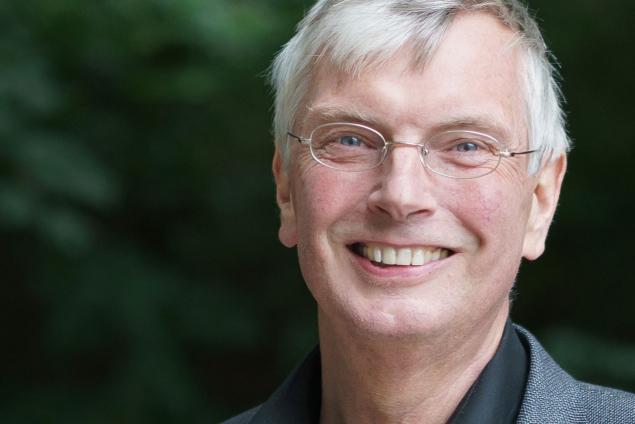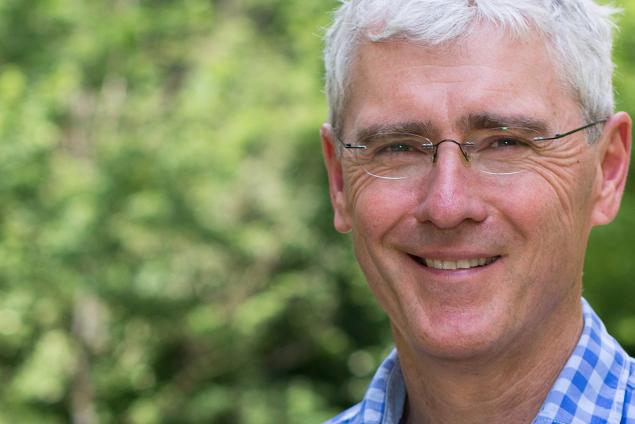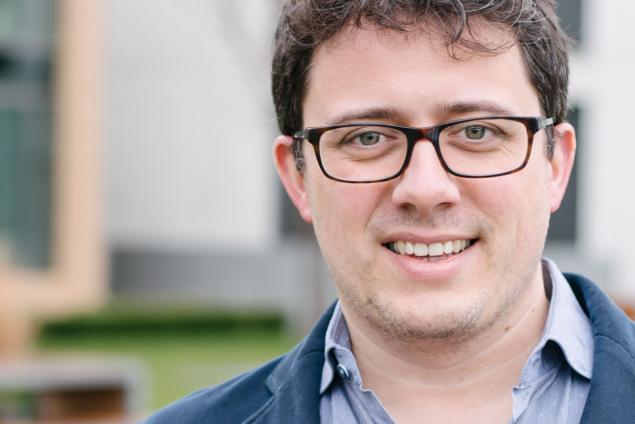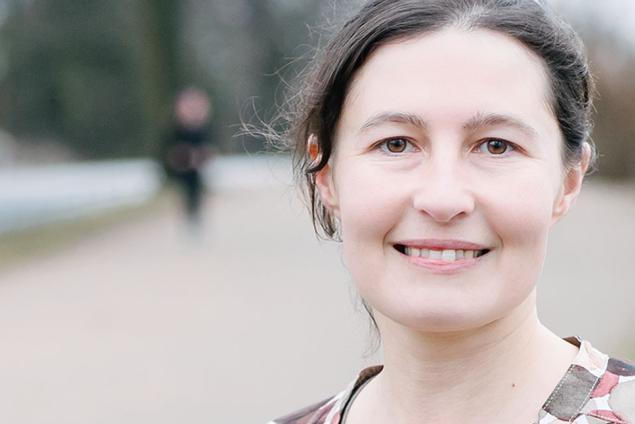Scroll to Section:
Vital steps have been taken in recent years in our understanding of how the cerebral cortex functions at the cellular level. In this video, MATTHEW LARKUM analyzes the role that memory plays in this context. Employing techniques including electrical and optical recordings as well as chemogenetics in experiments with live animals, Larkum’s lab has demonstrated that the medial temporal lobe projects to layer one of the neocortex and that this is central to the ability to learn. With several subsidiary findings casting further light on how memory functions, Larkum’s groundbreaking research promises to continue to reveal secrets about what occurs during memory storage at the cellular level.
DOI:
https://doi.org/10.21036/LTPUB10894
Institution
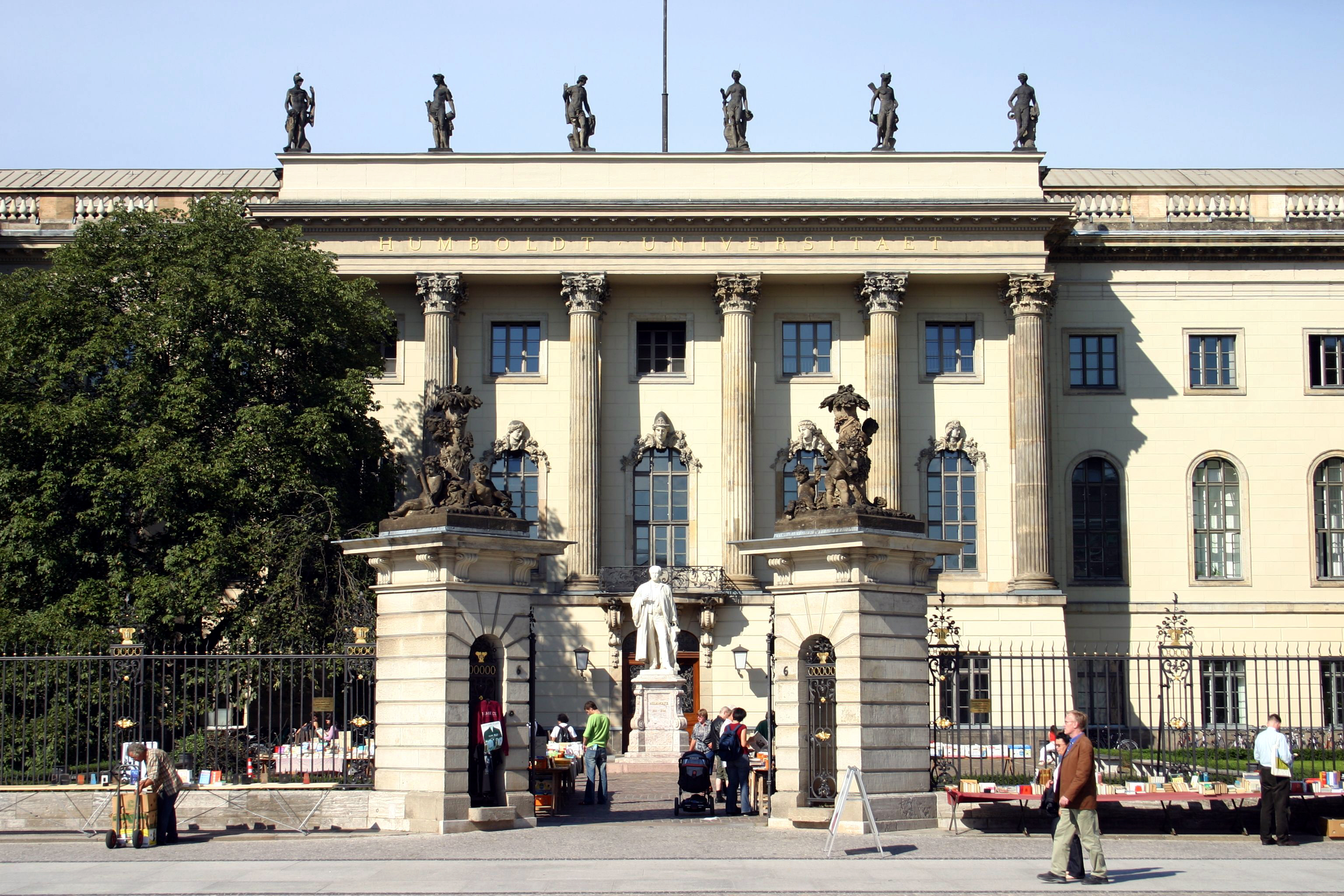
Humboldt University of Berlin (Humboldt-Universität zu Berlin)
In 1810, Wilhelm von Humboldt’s idea of founding a new type of university became a reality. The combination of teaching and research, academic freedom and the comprehensive education of students was not only a model for the Prussian university but for the world as well. And a new era for universities and academic research began. Each year, over 6,000 people decide to study at Humboldt-Universität located in the heart of Berlin. There are few other places where you can choose from 190 degree programmes, from Agricultural Science to Asian Studies. The university is first and foremost dedicated to fundamental research. Humboldt-Universität’s strengths in particular are in research on antiquity, history, philosophy, and quantitative economics as well as the life sciences, especially theoretical biology, neurology and immunology. It also has strengths in mathematics, material and optical sciences, and climate and sustainability research. These key strengths are shaped by twelve collaborative research areas, nine graduate research clusters and eleven interdisciplinary centres. Three integrated research institutes strongly connect and coordinate different research areas while developing focused topics for the future. (Source: Humboldt-Universität zu Berlin)
Show more
Original publication
Perirhinal Input to Neocortical Layer 1 Controls Learning
Science
Published in 2020
Beyond
A Ground-breaking Scientific Revolution
An Alarming Challenge for Society
If I Had a Second Life
A Personal Reading Recommendation
